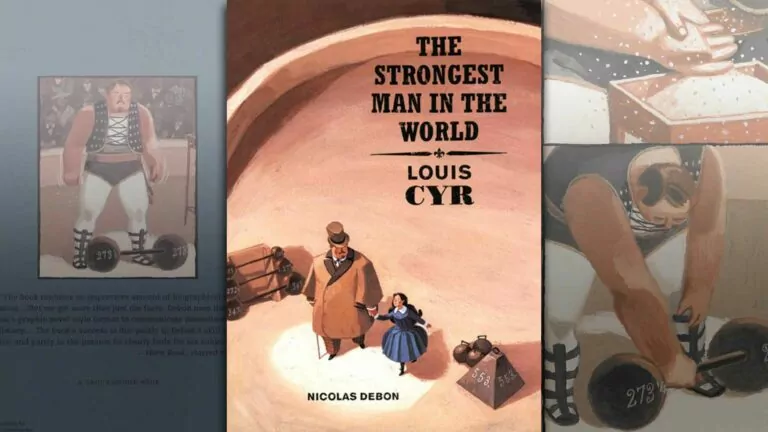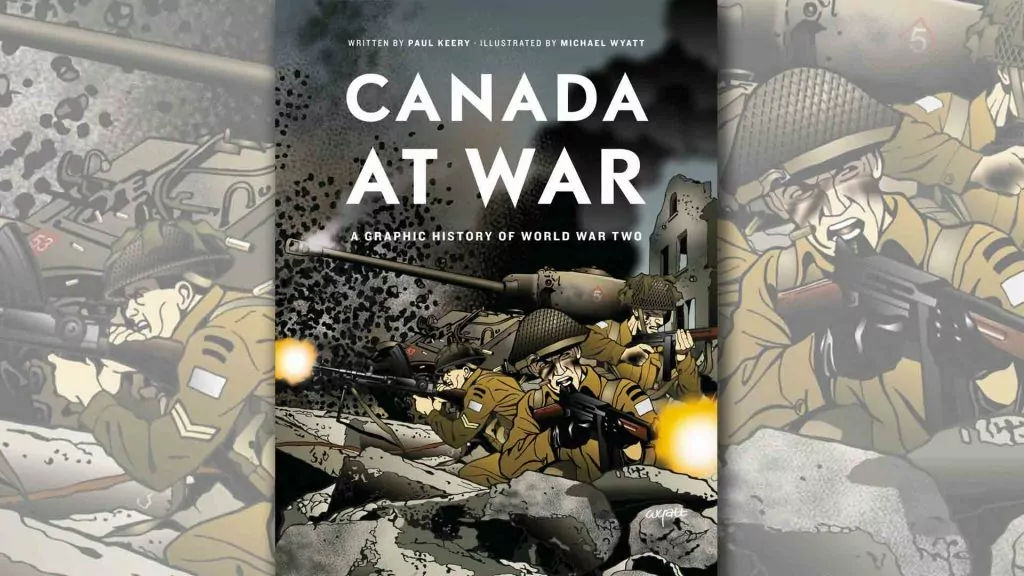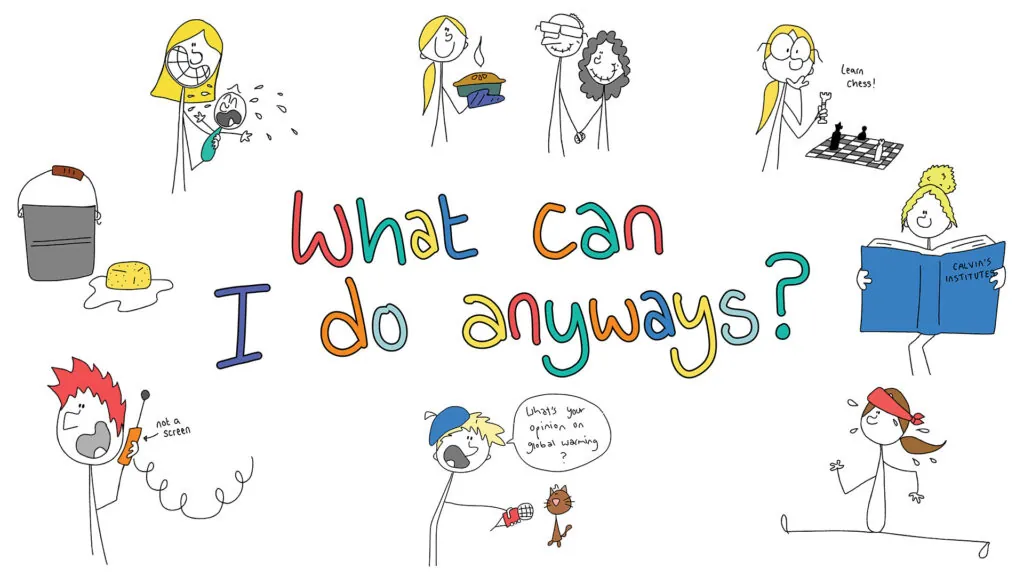by Nicolas Debon
2007 / 27 pages
This is a fun bit of Canadian history: Louis Cyr was a Quebec circus performer who, in the late 1800s, was known as the strongest man in the world. Even today, with the benefit of our modern nutritional and strength training practices, some of his lifting records remain unbroken. This is why he is also known by many as the strongest man who ever lived, (but those folk are obviously forgetting about Samson).
This is an artistic but accessible graphic novel treatment of his life. By that I mean it is beautiful – simple but impactful – and yet it is the sort of comic that all but the youngest children would love to read. The book begins in the year 1900, and the doctor has just told Cyr he must retire. Cyr is going to listen… after one last performance. And as he prepares for his grand finale, Cyr looks back on his life, telling his daughter how his career began, how he met and married her mother, and how he is able to walk away without regret.
Despite being a showman who had to toot his own horn to bring in the crowds, Cyr seemed like a humble man, which is what made this appealing for me. Many a sports book celebrating the seemingly superhuman abilities of this or that athlete can be written in such a laudatory way it is hard to tell if the writer thinks they are talking about an extraordinary man, or a god. In The Strongest Man in the World it is always clear Cyr is a mere mortal, the book beginning and ending with him heading to retirement, and his strength starting to fail, as all mortal strength eventually will.
If I had to come up with a caution it might be that Cyr was also an eating champion, bragging that he could out glutton anyone, which, of course, isn’t something to brag about. But that’d be it.
So this is an interesting bit of Canadiana that would be a particularly good read for any boy, ten and up, who needs help getting interested in history.













